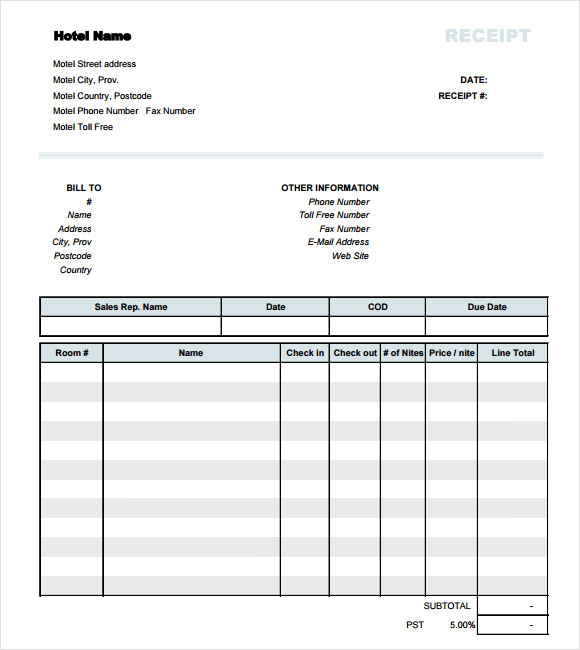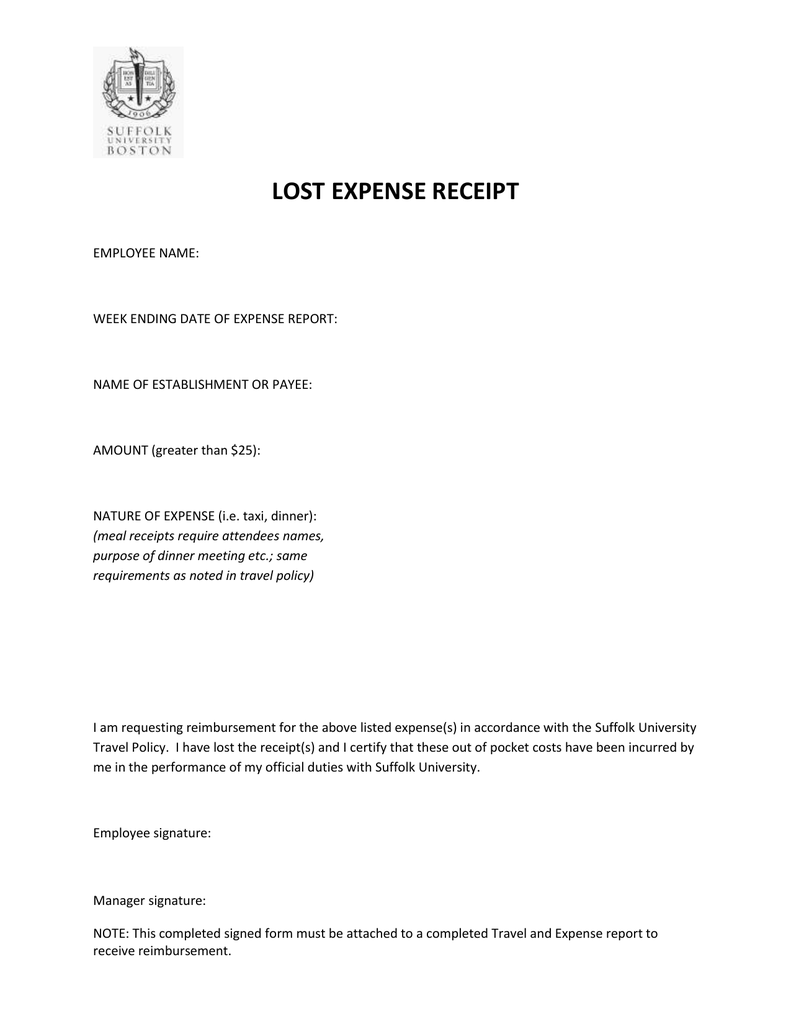


You’re entitled to stay somewhere that is comparable to your standard of living. If your commute to work is significantly longer, you could get reimbursement for the mileage. If your temporary rental home has higher utility costs than you’re used to, ALE can cover the difference. Like in Beach’s case, your insurer could reimburse you for restaurant bills if you find yourself without a kitchen and now you’re eating out every day. Put simply, ALE pays for costs you wouldn’t have if disaster hadn’t struck your home, such as paying for a hotel. When it comes to claims for additional living expenses, the keyword is “additional.”Īdditional living expenses pays for the difference between your normal monthly expenses and the new expenses you have due to unexpected displacement. Always contact your insurance company as soon as possible to get claim approval before you start assuming you have coverage for those extra costs. It depends on your insurer and the claim circumstances. There isn’t a one-size-fits-all answer when it comes to determining if the home is uninhabitable. The insurance company would most likely deny your claim for ALE. It might cause major damage, but if you still have running water, electricity, functioning bathrooms, and the rest of the home is fine. In addition to only covering events listed in your insurance policy, you can only claim ALE if your home is uninhabitable.įor example, say a tree crashes through the corner of your home. Sudden/accidental water damage, such as a burst pipe.If the mold damage occurred due to lack of maintenance, the insurance company would’ve likely denied their ALE claim. When Beach’s family had to relocate due to mold, they received ALE because the mold happened as a result of a hailstorm.

How your home becomes damaged plays a big role in getting your claim approved. If you have flood insurance through the National Flood Insurance Program, additional living expenses are not covered.īut if a major storm blows through and rips through the roof and your policy covers wind damage, then you could claim ALE while your home undergoes repairs. If you don’t have flood insurance and unexpected flooding damaged your home, you won’t be able to claim ALE. You’re only required to have it if you live in a designated flood zone. You can only claim ALE coverage if a peril listed in your insurance policy damaged your home.įor example, most standard insurance policies do not include flood damage coverage. There are two major factors that will influence when you can claim ALE. Having to find temporary digs and facing major home repairs are stressful enough, but ALE reimbursement can at least help you maintain your standard of living in the meantime. In Beach’s case, not only was she able to get reimbursed for the hotel, her insurance covered the costs of restaurant bills since the family had to eat out more than usual, due to the lack of a kitchen.įinancial help from ALE coverage can mean the difference between having your own temporary lodging and crashing at a family member’s home while you wait out repairs. If you find yourself unable to live in your home, additional living expenses (ALE) can help pay for costs such as hotel stays, rent for temporary housing, storage fees for furniture, and restaurant bills. It’s often part of standard renters, condo, and homeowners insurance policies.

While your home is undergoing repairs, you’d have to temporarily relocate, right?Īdditional living expenses insurance is coverage that will pay for those extra costs incurred when you’re temporarily displaced from your home. Say a fire wrecks your home or a storm destroys your roof to the point that you can’t live there anymore. What is additional living expenses coverage and how can it help? But if you have additional living expenses insurance, you could have a helping hand. And finding replacement housing and dealing with the costs only adds to the stress. Paying for a hotel bill on top of dealing with water damage repairs and mold removal is a lot to swallow.īut there was one silver lining, Beach had additional living expenses coverage on her homeowners insurance policy.ĭealing with damage to your home is daunting. “It was unsafe for us to live in the home until the mold could be removed,” says Beach, a lifestyle and finance blogger who runs Mom Beach.īeach and her family had to evacuate their house for a month, spending that time in a hotel. And if that wasn’t enough of a problem, the water damage quickly turned into mold damage. When a severe hailstorm struck Rebecca Beach’s home, it caused enough roof damage that water was leaking into the attic.


 0 kommentar(er)
0 kommentar(er)
